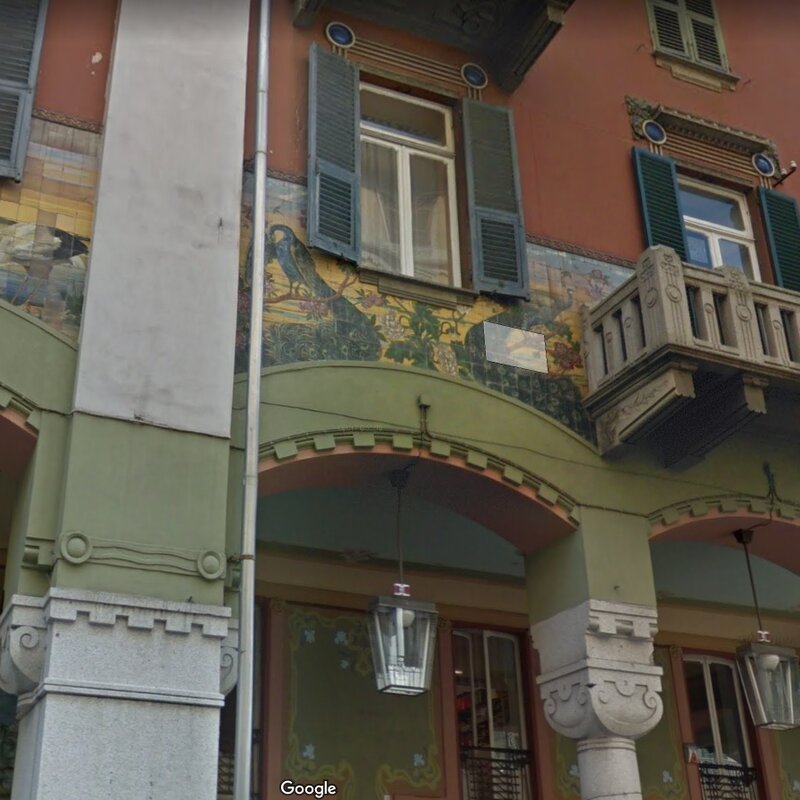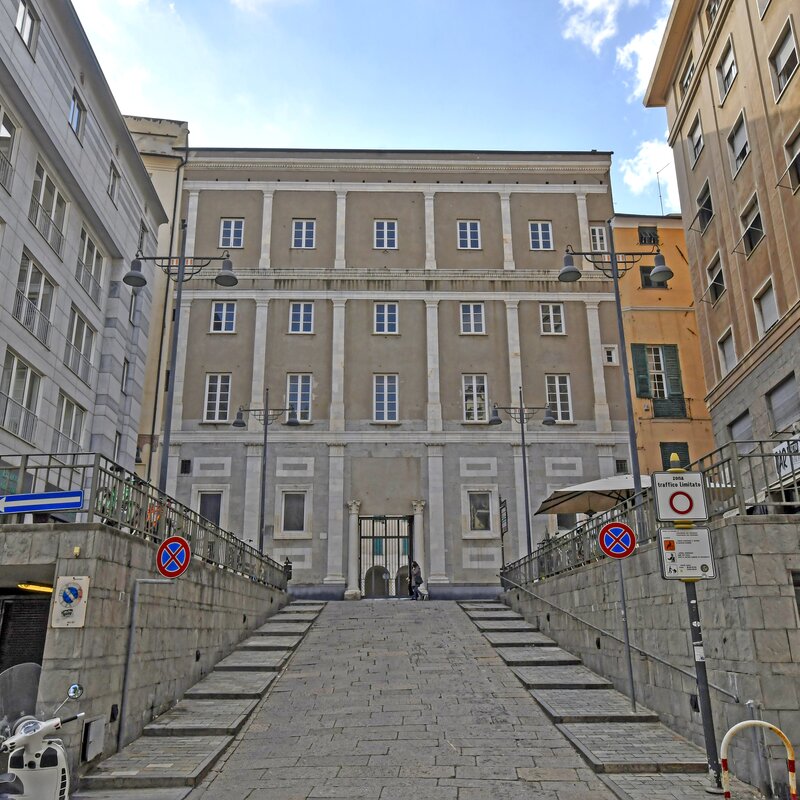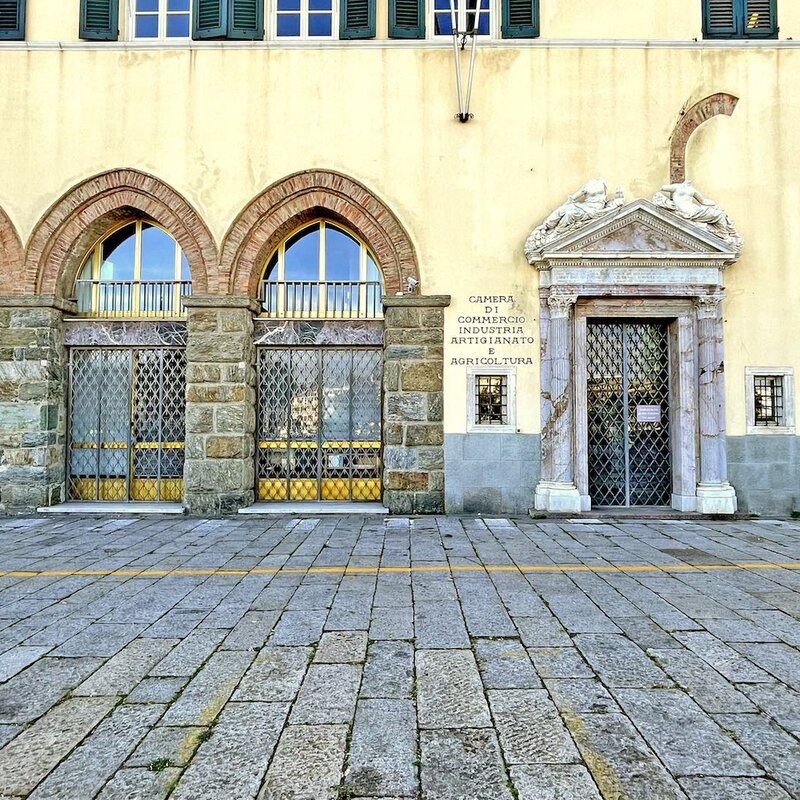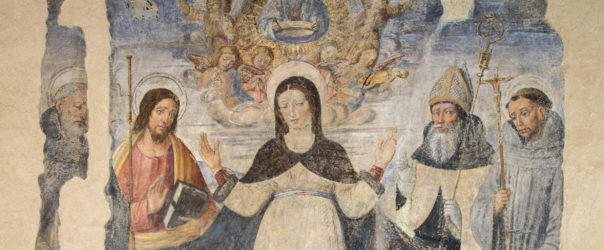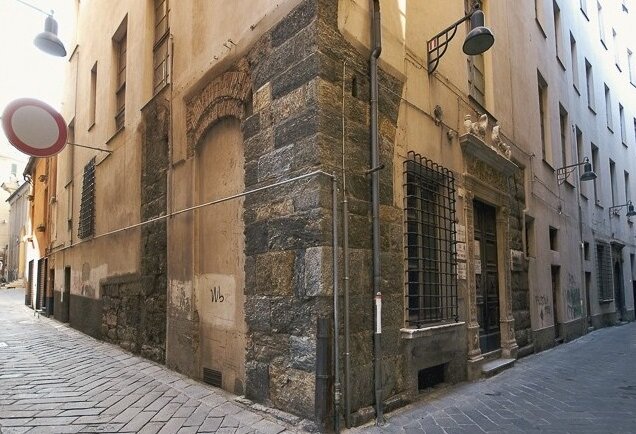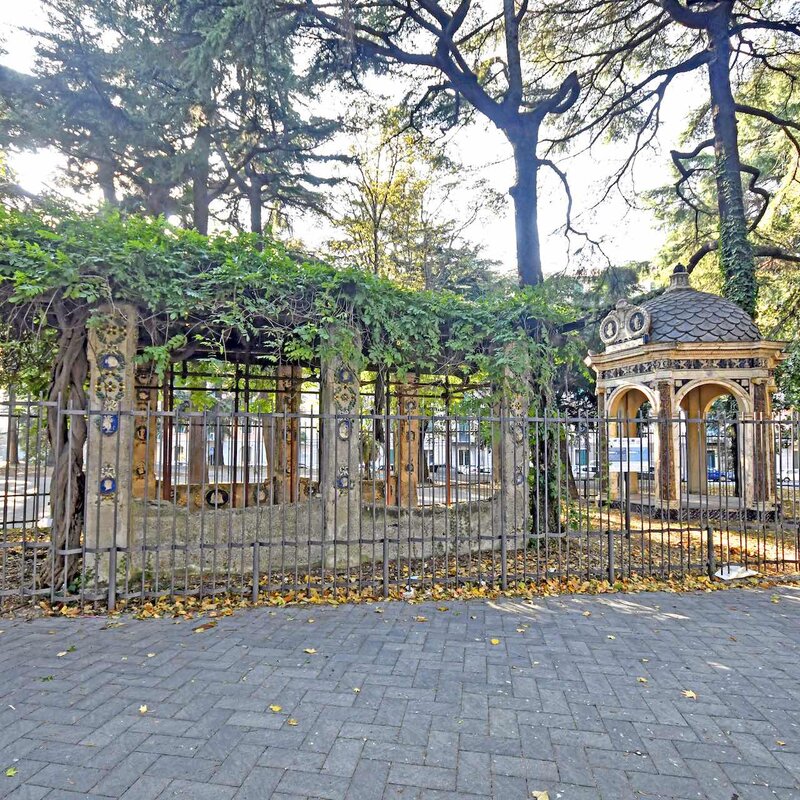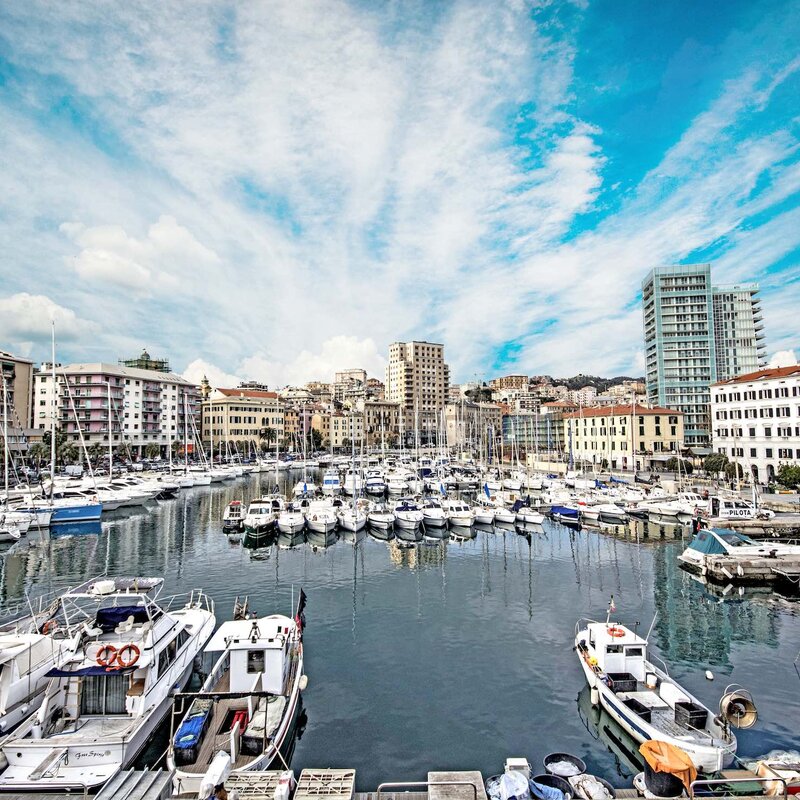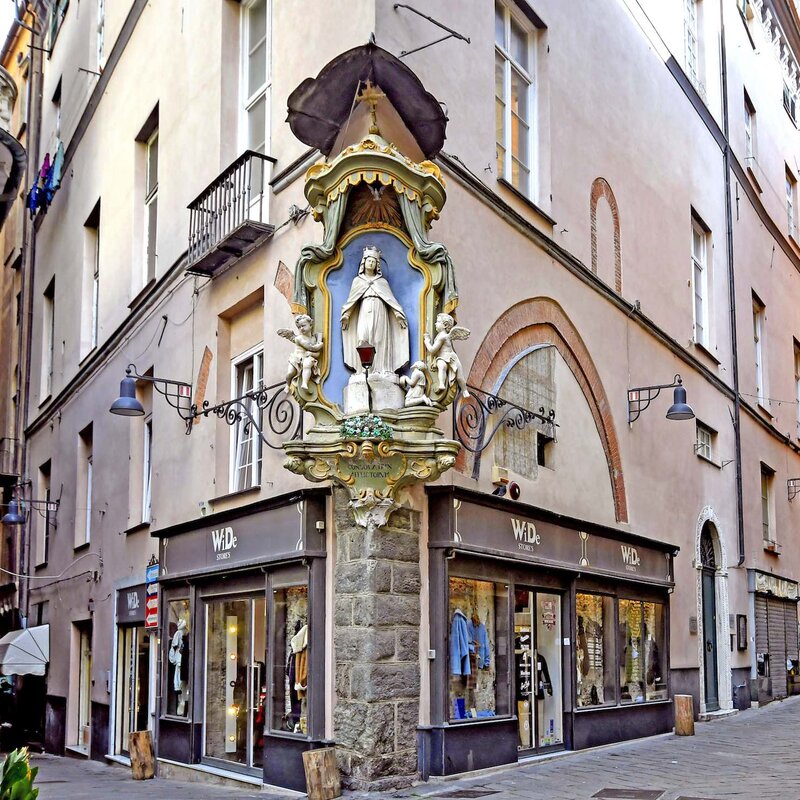Palazzo Gavotti
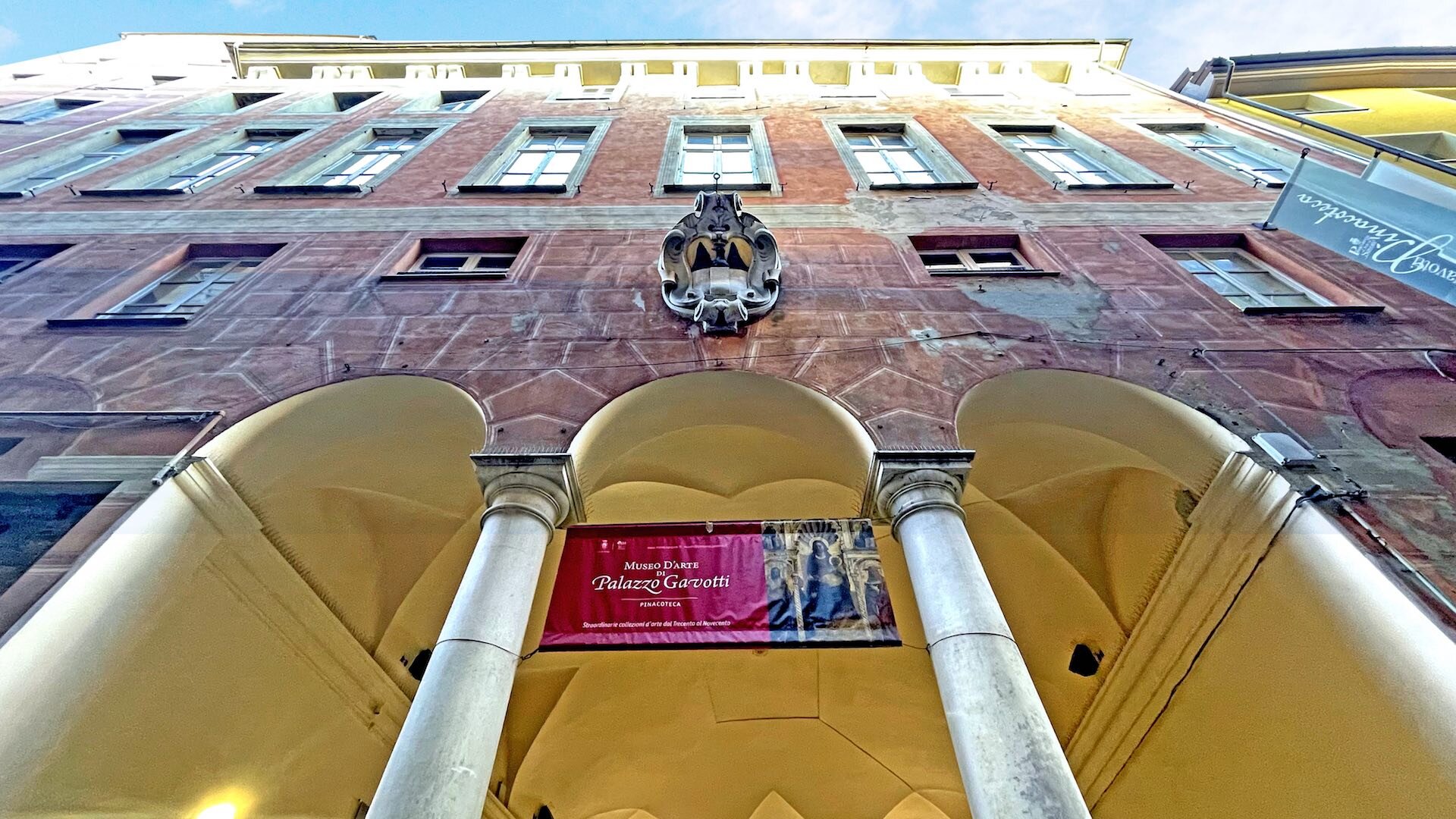
Build on the site of an old building from the Middle Ages around 1570-80, the palace was transformed during the Renaissance into a masterpiece of proportions and harmony.
A succession of entrance halls, courtyards and staircases interwoven with a number of external galleries create a wonderful interplay between indoor and outdoor spaces.
In the 18th century, the Gavotti family, driven by a noble spirit of hospitality, donated the building to a religious organisation to use as a hostel where eminent people undertaking the pilgrimage to the Sanctuary of Savona could find shelter and food.
In the 1800s, the palace was again renovated to adapt it to the needs of the time. Between 1861 and 1934, Palazzo Gavotti was the city hall, assuming a central role in the life of the city.
The main entrance was moved round to the Piazza Chabrol side of the building, as part of a neo-mannerist façade that still draws the eye.
A distinctive passageway, opened between 1859 and 1863, connects Via Pia with Piazza Chabrol, transforming the atrium into a portico that unites the Mediaeval core with newer parts of the city.
But the real glories of Palazzo Gavotti lie inside. Rooms decorated with frescoes painted by illustrious artists such as Domenico Bucaglia, Giuseppe Becchi, Antonio Novaro, Lazzaro De Maestri and Raffaello Resio are simply stunning. Marble busts adorn the walls, silent witnesses of a glorious past.
Today Palazzo Gavotti is home to the civic art gallery, the Pinacoteca Civica, a museum with a vast collection of works of art from the 1300s to the present day. This palace is steeped in history and art, permeating every corner of a place with a glorious past. Palazzo Gavotti embodies Savona’s history, offering a bridge between past, present and future.
